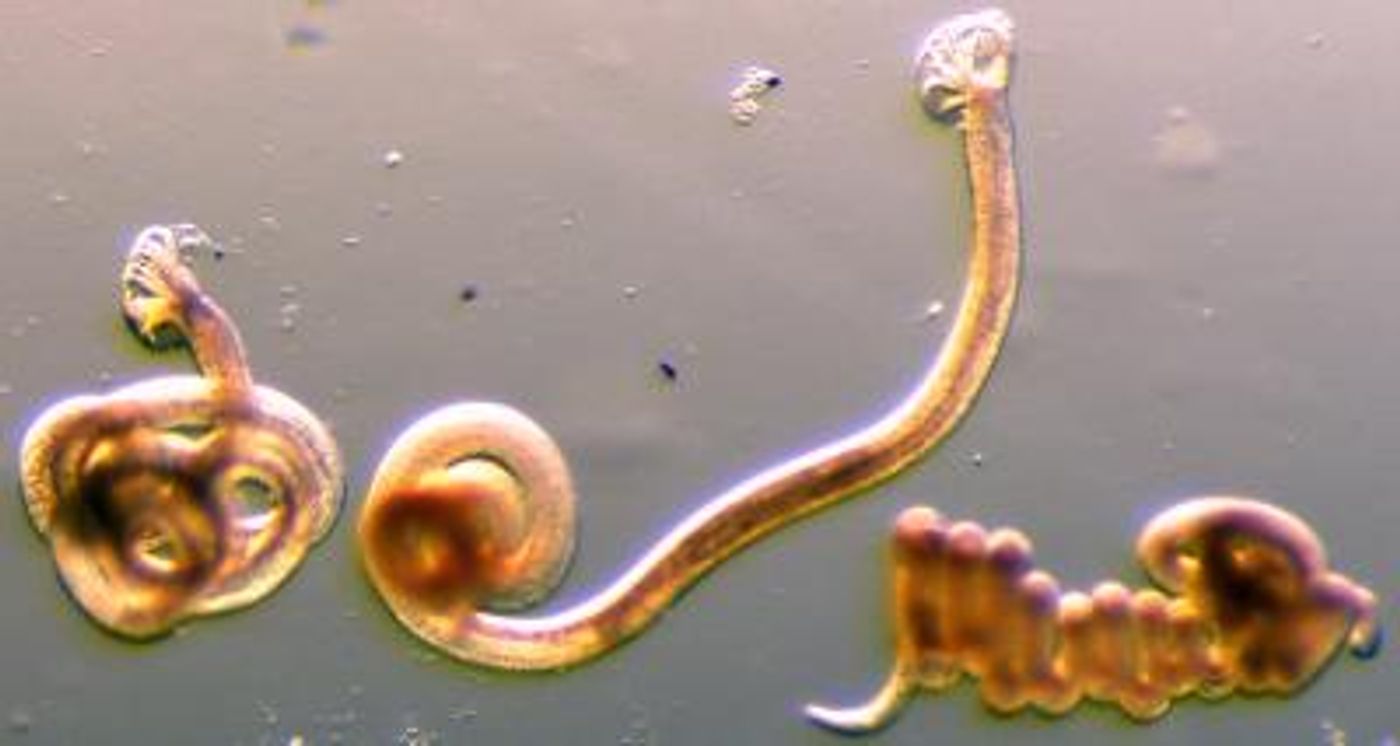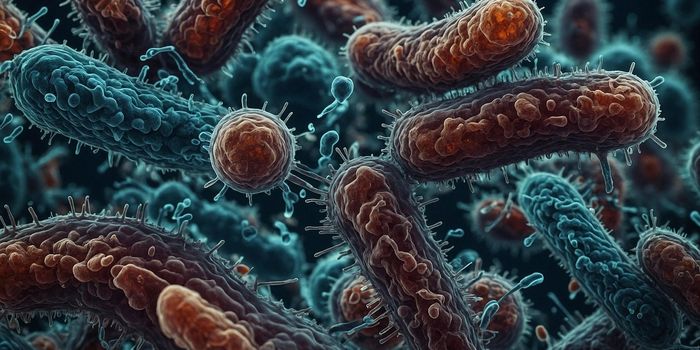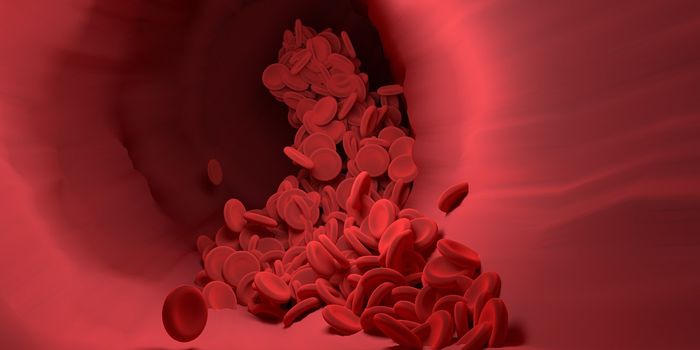Nematode Infection Reveals Immune Cell "Cross-talk"
The vessels of the lymphatic system are similar to those of the circular system in that they cart around cells for use all around the body. But instead of carrying oxygenated red blood cells, lymphatic vessels carry immune cells, to support the immune system in the fight against pathogens. In a new study, researchers identify the domino effect of activity that supports lymphangiogenesis, the process of developing new lymphatic vessels, which until now stumped the scientific community.
The researchers from Ecole Polytechnique Federale De Lausanne (EPFL) studied lymphangiogenesis in the context of Heligmosomoides polygyrus bakeri (Hpb) infection. Hpb is a nematode, causing parasitic infections in mice. Without infecting humans with the worm, researchers could see how cell interact in response to the invasion, watching particularly inside the mesenteric lymph node.
Also from the lab of EPFL’s Nicola Harris, the present research is built on a previous study, which showed that Hbp infection triggers the interaction between B cells and endothelial cells in the mesenteric lymph node to promote an immune response. In the present study, researchers saw an interesting interplay between several cell types.
"We uncovered a multidirectional communication between B lymphocytes, fibroblasts, and lymphatic endothelial cells inside the lymph nodes," explained Nicola Harris. "This three-way communication triggers lymphangiogenesis following intestinal infection with the Hpb worm."
Heligmosomoides polygyrus (a nematode) was used as a gastrointestinal parasitic model to understand the mechanism behind lymph node lymphangiogenesis. Credit: Lalit Kumar Dubey/EPFL
The researchers began their study with immunofluorescent imaging in tissues obtained from the mesenteric lymph node during the Hpb infection. In addition to the plethora of cells interacting with each other, they saw a protein released called B-cell activating factor, which promotes the production of vascular endothelial growth factor (VEGF) from B cells, ultimately leading to endothelial cells dividing, growing their population to contribute to lymphangiogenesis.
A new understanding of how lymphatic vessels grow and the connection between lymphangiogenesis and the interaction between various immune cells provides novel insight into the immune system, potentially highlighting future therapeutic interventions for autoimmune diseases and cancer.
The present study was published in the journal Nature Communications.
Sources: LiveScience, The University of Edinburgh, Ecole Polytechnique Federale De Lausanne (EPFL)










